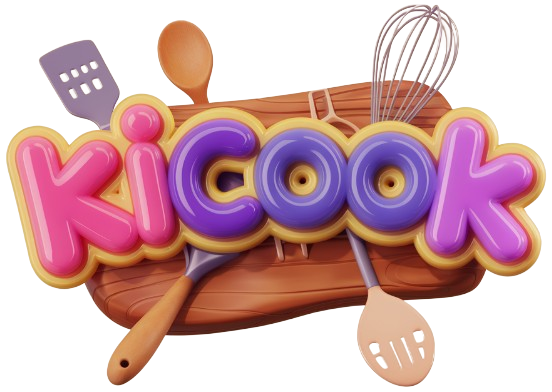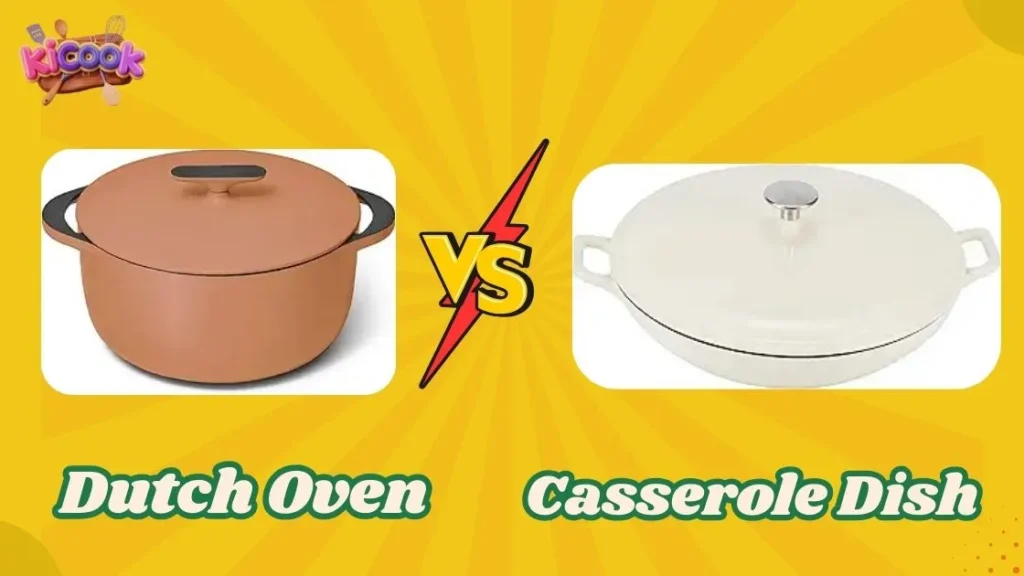In the world of culinary delights, having the right tools can make all the difference between a good meal and a great one. As someone who loves experimenting in the kitchen, I’ve come to appreciate the distinct roles that a Dutch oven and a casserole dish play in my cooking repertoire.
Over the years, I’ve used both extensively, from simmering hearty stews to baking delicate desserts. Each has its own set of advantages and quirks, and understanding these can elevate your cooking to new heights.
In this article, I’ll share my honest thoughts and experiences with both, helping you decide which one—or perhaps both—might be the best fit for your kitchen.
Dutch Oven: The Workhorse of the Kitchen
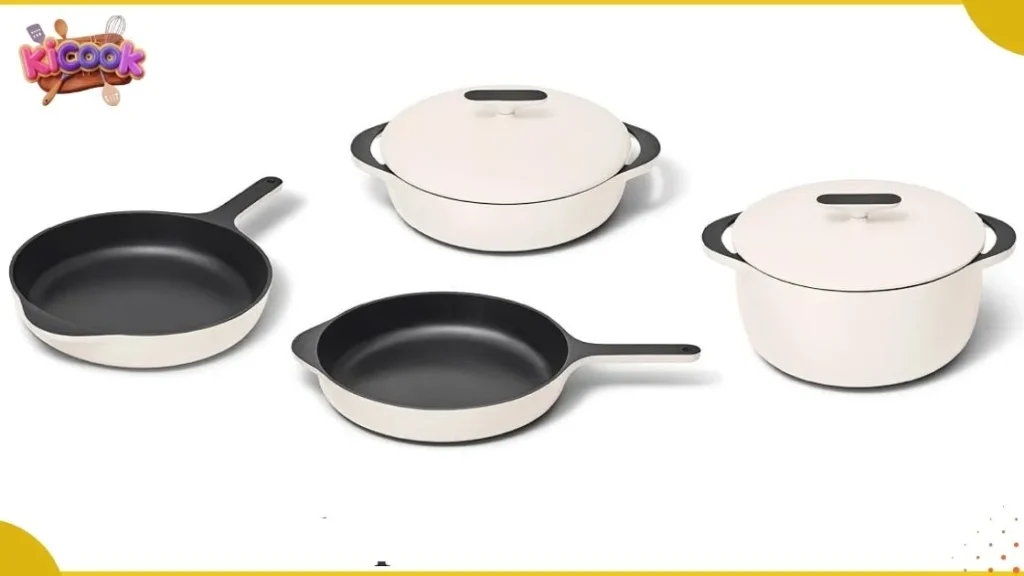
What I Love About My Dutch Oven?
A Dutch oven is often considered a must-have for any serious home cook, and after years of using mine, I wholeheartedly agree.
Here are some of the reasons why:
- Exceptional Heat Retention: One of the standout features of a Dutch oven is its ability to retain heat. This makes it perfect for slow-cooked dishes like stews and braises. I remember the first time I made a beef bourguignon in my Dutch oven; the meat was so tender it practically melted in my mouth. The even heat distribution ensures that everything cooks evenly, resulting in perfectly cooked dishes every time.
- Versatility: Whether I’m making a rich, hearty stew, baking a loaf of crusty bread, or even frying chicken, my Dutch oven handles it all with ease. Its ability to transition from stovetop to oven makes it an incredibly versatile tool. As culinary expert Julia Child once said, “A good cast-iron Dutch oven is the one cooking vessel every cook should own.”
- Durability: Made from cast iron or enameled cast iron, a Dutch oven is built to last. Mine has been with me for years, and it shows no signs of wear and tear. With proper care, it can be passed down through generations.
- Aesthetic Appeal: The enamel coating on my Dutch oven adds a touch of elegance to my kitchen. It comes in a variety of colors, allowing me to choose one that matches my kitchen decor. It’s a piece of cookware that I don’t mind leaving out on the countertop.
The kitchen is the heart of every home, for the most part. It evokes memories of your family history.” — Debi Mazar
The Not-So-Perfect Side
Of course, no piece of cookware is without its drawbacks. Here are a few things I’ve noticed about my Dutch oven:
- Weight: One of the biggest downsides is its weight. When filled with food, it can be quite heavy and difficult to maneuver. I have to be careful when lifting it, especially when it’s hot.
- Price: Quality comes at a cost, and Dutch ovens are no exception. They can be quite expensive, with prices ranging from $70 to $300 or more. However, considering their durability and versatility, I believe they are a worthwhile investment.
- Cleaning: The enamel coating can be prone to chipping if not handled with care. I accidentally chipped mine by banging it against the sink. Additionally, cleaning can be a bit of a chore, especially if food sticks to the surface. I’ve found that soaking it in warm, soapy water before cleaning helps immensely.
My Personal Experience
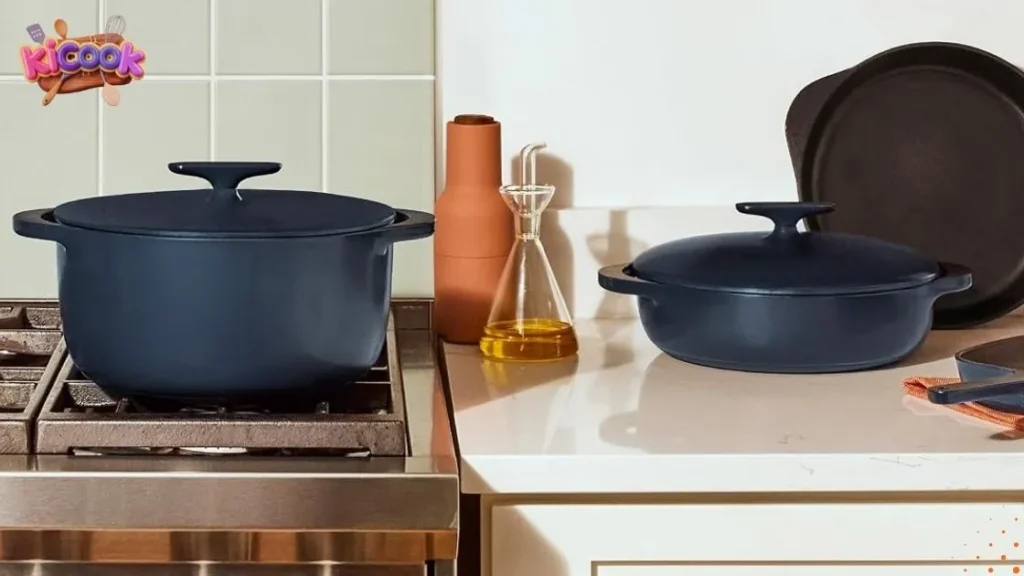
One of my favorite things to make in my Dutch oven is no-knead bread. The crust comes out beautifully golden and crisp, while the inside remains soft and chewy. It’s a simple recipe that yields impressive results, and the Dutch oven’s ability to trap steam is key to achieving that perfect crust.
Another dish I love making is a classic beef stew. I start by browning the meat on the stovetop, then add in the vegetables, broth, and herbs. I let it simmer on low heat for hours, allowing the flavors to meld together. The result is a rich, flavorful stew with tender meat and perfectly cooked vegetables.
Casserole Dish: The Oven’s Best Friend
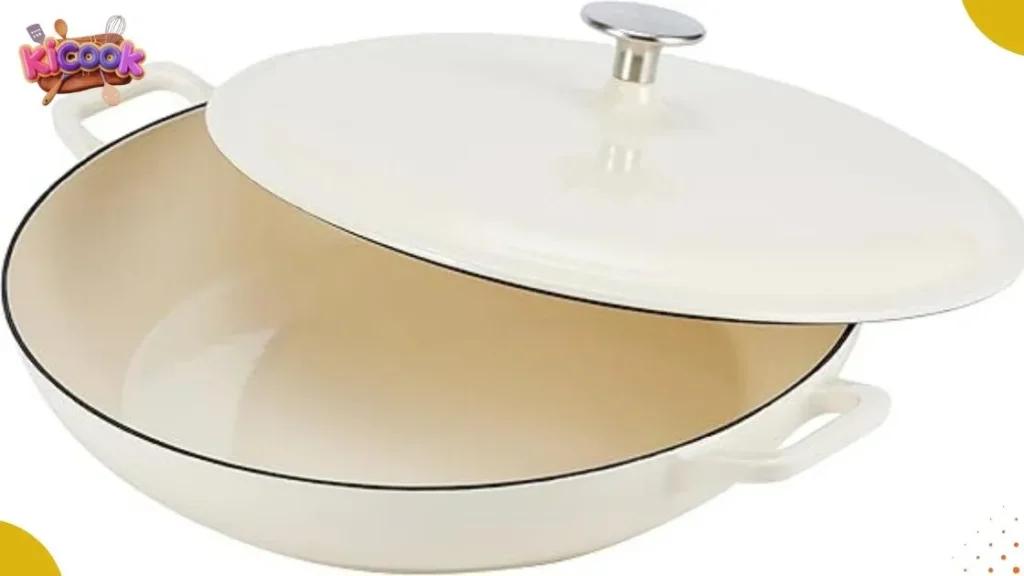
Why I Adore My Casserole Dish?
A casserole dish is another staple in my kitchen, and it has its own unique set of benefits:
Variety of Materials: Casserole dishes come in a range of materials, including ceramic, enameled cast iron, and stoneware. Each has its own advantages. Ceramic is great for baking because it heats evenly, while enameled cast iron is perfect for dishes that require long, slow cooking.
Design: One of the things I love about my casserole dishes is their aesthetic appeal. They come in a variety of colors and styles, making them not only functional but also a beautiful addition to the table. I often receive compliments when I serve dishes straight from my casserole dish.
Heat Tolerance: These dishes are designed to withstand high oven temperatures, making them ideal for baking and roasting. I often use mine for everything from lasagnas to roasted vegetables.
Durability: While not as heavy-duty as a Dutch oven, a well-made casserole dish can last for years. The ceramic ones are particularly resistant to scratches and stains, and with proper care, they can remain in excellent condition.
“A recipe has no soul. You, as the cook, must bring soul to the recipe.” — Thomas Keller
The Challenges
Despite their many advantages, casserole dishes do have a few downsides:
Weight: While not as heavy as a Dutch oven, some casserole dishes, particularly those made of cast iron, can be quite weighty. Moving a full dish can be challenging, especially if you’re not used to handling heavy cookware.
Maintenance: Enameled cast iron casserole dishes require regular seasoning to maintain their non-stick surface. Additionally, they are not dishwasher-safe, which can be a bit of a hassle.
Price: Quality casserole dishes can be expensive, though they are generally more affordable than Dutch ovens. However, they may not last as long, especially if not cared for properly.
My Personal Experience
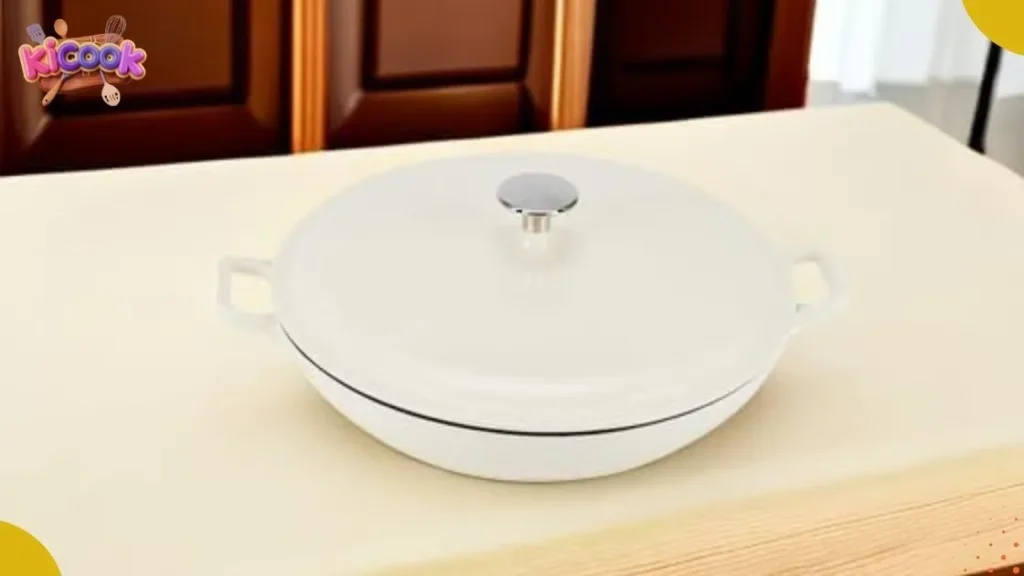
I often use my ceramic casserole dish for baking lasagnas and brownies. Its lightweight nature makes it easy to handle, and cleaning is a breeze. There’s no scrubbing required, which is a huge plus after a long day in the kitchen.
For soups and casseroles, I prefer my enameled cast iron casserole dish. It keeps food warm for a long time and cooks evenly. I once baked bread in it, and the results were fantastic. The crust was golden and crisp, rivaling any bakery-bought loaf.
The only downside is the weight. When the dish is full, I need to use both hands to lift it. But given the delicious results, I don’t mind the extra effort.
Dutch Oven vs. Casserole Dish: A Head-to-Head Comparison

👉👉👉Get the Latest Prices and Offers on Amazon👈👈👈
To help you decide which cookware is best for your needs, let’s compare the two based on several key factors:
Heat Retention
- Dutch Oven: Wins hands down in this category. Its ability to retain heat is unparalleled, making it ideal for slow-cooked dishes.
- Casserole Dish: While it holds heat well, it doesn’t compare to the Dutch oven’s heat retention capabilities.
Cooking Versatility
- Dutch Oven: Highly versatile, it can be used on the stovetop and in the oven. It’s perfect for soups, stews, and roasts.
- Casserole Dish: Primarily designed for oven use, though some can be used on the stovetop. It’s best for baked dishes like lasagnas and gratins.
Maintenance and Durability
- Dutch Oven: Very durable, but requires careful handling to prevent chipping. Cleaning can be more involved.
- Casserole Dish: Easier to clean, but may chip or crack if not handled properly. Some materials require seasoning.
Performance
- Dutch Oven: Excels in low and slow cooking, with excellent heat distribution.
- Casserole Dish: Great for even baking, but doesn’t retain heat as well.
Ease of Use
- Dutch Oven: Heavy and bulky, which can make it difficult to handle.
- Casserole Dish: Lighter and easier to handle, though weight can vary depending on the material.
Value for Money
- Dutch Oven: More expensive, but offers high long-term value due to its durability and versatility.
- Casserole Dish: More affordable, but may need to be replaced sooner.
Final Thoughts
In the end, the choice between a Dutch oven and a casserole dish depends on your cooking style and needs. As someone who enjoys a variety of dishes, I find that having both in my kitchen is the best solution. The Dutch oven is my go-to for slow-cooked meals and one-pot wonders, while the casserole dish is perfect for baked dishes and desserts.
As food writer Mark Bittman aptly puts it, “The right tool for the right job is the secret to cooking well.” So, whether you choose a Dutch oven, a casserole dish, or both, you’re sure to enhance your culinary adventures.
Recommendation
Choose a Dutch Oven if you plan on doing a lot of slow cooking, roasting, or one-pot meals. It’s a worthwhile investment for those who love hearty, flavorful dishes.
Choose a Casserole Dish if you enjoy baking and want something that’s easy to use and clean. It’s a great choice for those on a budget.
For the ultimate cooking experience, consider owning both. The right tool can make all the difference in creating delicious, memorable meals.
“Good food is the foundation of genuine happiness.” — Auguste Escoffier
Frequently Asked Questions Dutch Oven vs Casserole Dish
Can I use a casserole dish instead of a Dutch oven?
Yes, for some recipes, but be aware that a casserole dish doesn’t hold heat as well and can’t be used on the stovetop. For soups or roasts, a Dutch oven is the better choice.
Which is better for baking: Dutch oven or casserole dish?
A casserole dish is ideal for baking because it heats evenly. A Dutch oven can also be used, especially for bread or desserts.
Are Dutch ovens more expensive than casserole dishes?
Yes, Dutch ovens generally cost more, ranging from $70 to $300. Casserole dishes are more affordable, starting at around $20, but may not last as long.
What are the best uses for a Dutch oven vs. a casserole dish?
Use a Dutch oven for slow cooking, soups, and roasting. A casserole dish is perfect for baked meals like lasagnas, gratins, or cobblers.
In conclusion, both the Dutch oven and the casserole dish have their own unique strengths and are valuable additions to any kitchen. By understanding their differences and best uses, you can make an informed decision and choose the cookware that best suits your culinary needs.
